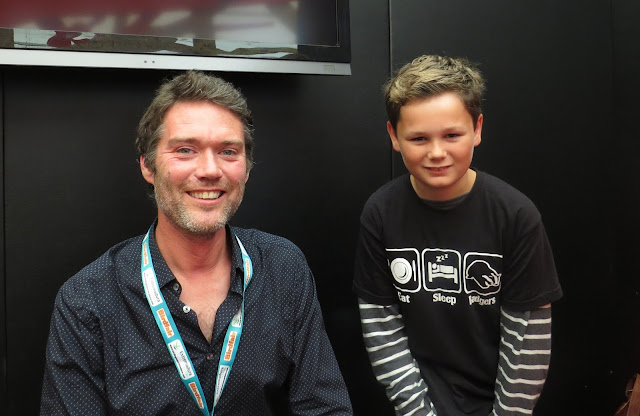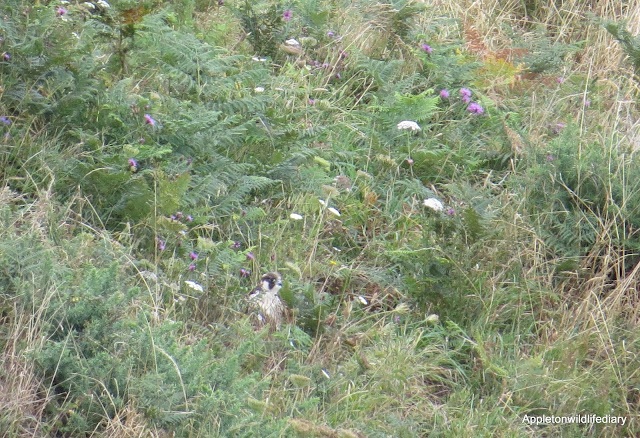Over the weekend I spent two days at Birdfair. Birdfair is an annual event, based at Rutland Water, focusing on everything and anything to do with birds as well as other animals.
I had an amazing time meeting people that I talk to on social media, such as Lucy McRobert, Billy Stockwell, Toby Carter, Evie Miller and Josie Hewitt as well as seeing old friends such as Georgia Locock, Ben Long and The BBC Wildlife Magazine team .
One of the best things about Birdfair is going to talks such as the one on Friday evening with Georgia Locock and Josie Hewitt interviewing Chris Packham, Simon King and Nick Baker, but the highlight of the weekend was going to see Charlie Hamiltion James's talks.
Charlie Hamilton James is one of the main reasons I picked up a camera and started taking photos of wildlife after I watched Halcyon River Diaries a few years ago.
Over the two days I was there, I went to three of his talks, each one was slightly different and containing so much technical information that I needed to go to all 3 to get my head around everything.
Here are two of the things I mostly remember.
When taking photographs of wildlife, having the subjects eyes pin sharp is important.
If the photographer tells a story with a photo then the aim is to get the reader/viewer to connect with the subject, so sometimes it is good to get a background in to show what is going on.
Every photographer has their own style and every person who looks at a photo knows what they like or dislike.
I use a Canon PowerShot SX50 HS, I like to use this camera because it's a bridge camera with a long lens as well as different settings. I mainly take photos around my local patch but sometimes visit places. I have just started on my photography journey and still have loads to learn and develope my own style.
Over the past week I have taken lots of photos of Brown Hares (Lepus europaeus). I think 100's of photos is a lot but I was amazed to hear that Charlie Hamilton James takes thousands.
I like the first photo because its a nice close up of the Hare trying to blend in with the cut straw, everything in the photo is sharp but the straw is kind of covering part of the Hares face.
My local Hares are very shy and it takes a lot of time to get this close to them.
I also like the photo below it because it singles out the Hare in its environment. It shows the Hare coming out into the cut wheat to eat the green shoots but they stay close to the uncut maize so when the Hare is spooked it can run to hide from danger, the Hares are always alert.

These are two photos taken this morning in my garden, of a Male Green Woodpecker.
When I take lots of photos it is always hard to choose one or two to go on my blog.
I prefer the second Woodpecker photo because it shows him looking over his shoulder, this is because there was another Woodpecker in a tree the other side of my garden and they were communicating to each other.
Althought this isn't a very clear photo because its at the end of my lens and the light is wrong as the sun was just setting, I like it because it still shows that this Buzzard is in fact H3.
H3 is a Buzzard that I have been following and photographing for about a year. It is always nice to see H3 and to know she is still around. I also saw her and her mate a couple of days ago with what looks like a young Buzzard which I hope is one of their young.
She had just eaten before I took this photo and had spent a little while wiping her beak on the branch, unfortunately with her back to me.
This type of fungi was in my local patch, I don't know what it is.




















































